French ECB Governing Council member Francois Villeroy de Galhau highlighted the global economic risks stemming from US President-elect Donald Trump’s plans to increase tariffs and implement tax cuts. Speaking at a retail investor conference in Paris, Villeroy noted that these policies could raise inflation in the US while dampening growth internationally.
While Villeroy acknowledged that the inflationary impact on Europe would likely be “relatively limited,” he emphasized the influence on European long-term interest rates.
“Long-term interest rates set by the market have a certain tendency to cross the Atlantic,” he remarked, suggesting that US policy changes could indirectly affect Eurozone markets.
“I don’t think it changes much for European short-term rates, but long-term rates could see a transition effect,” he noted.





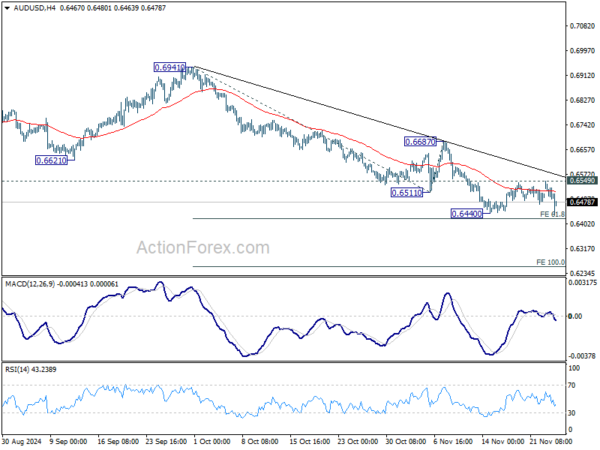
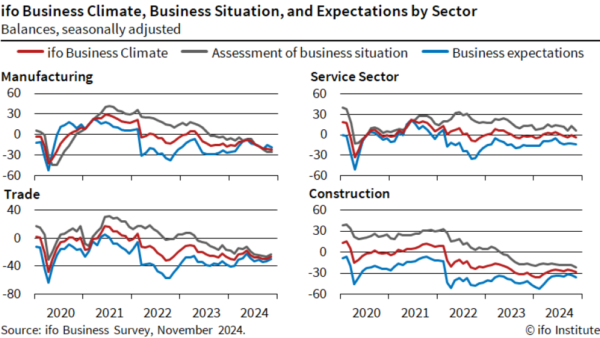
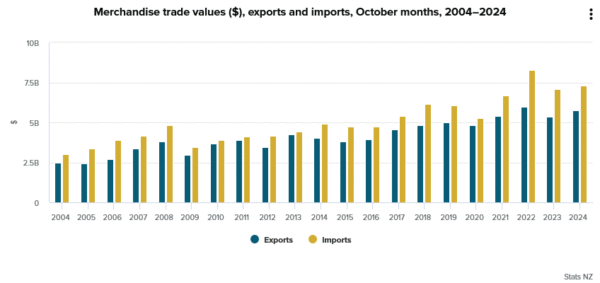

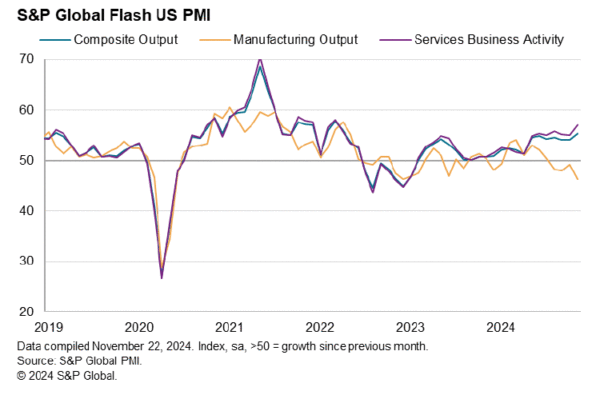
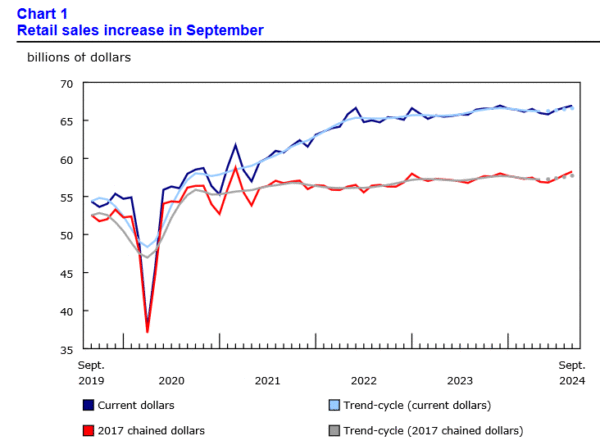
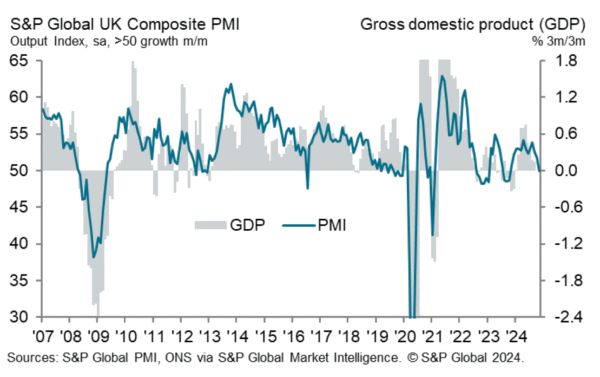
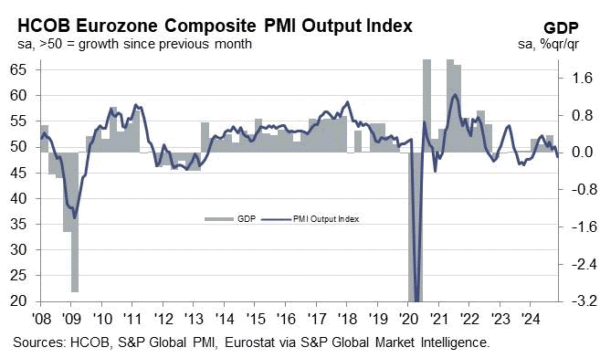
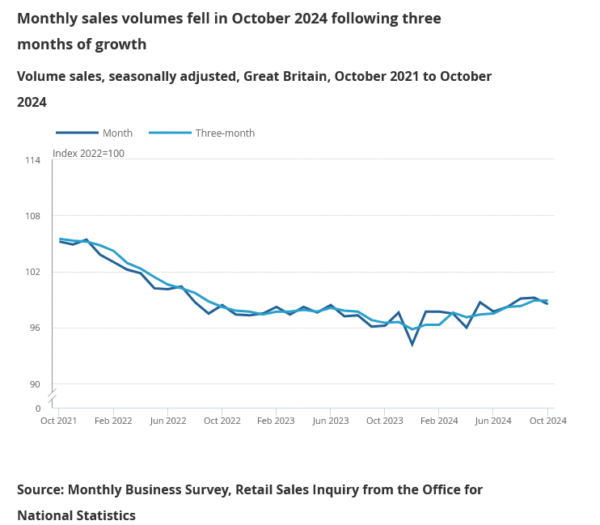
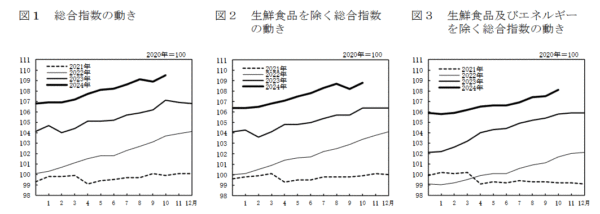
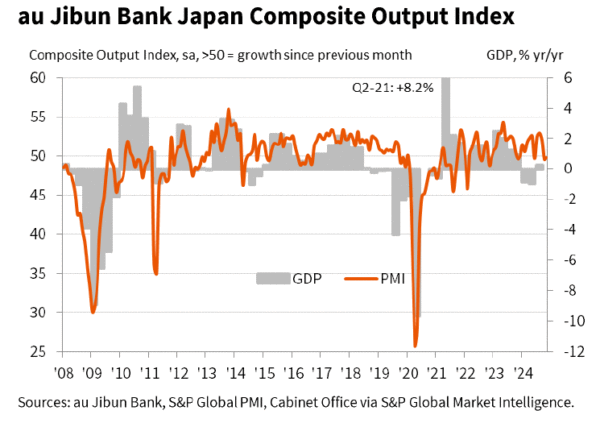
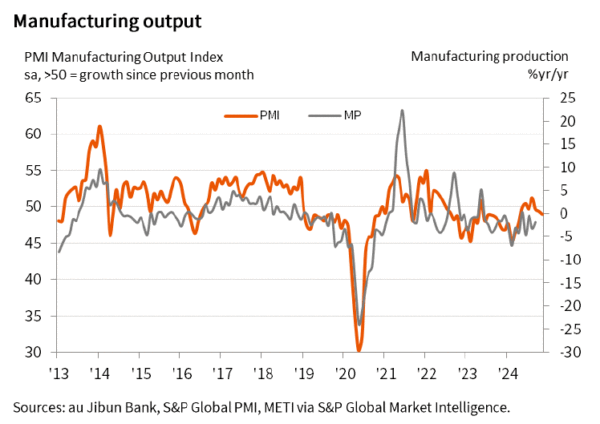
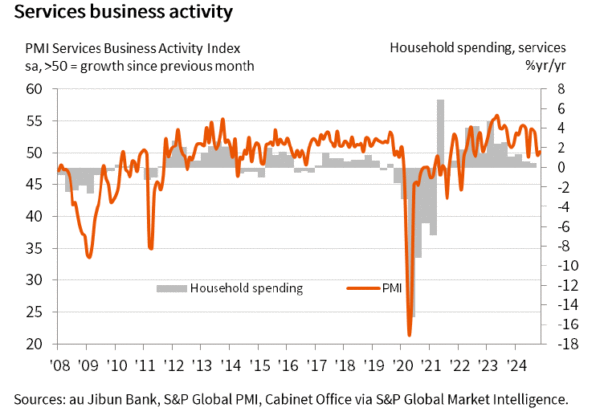
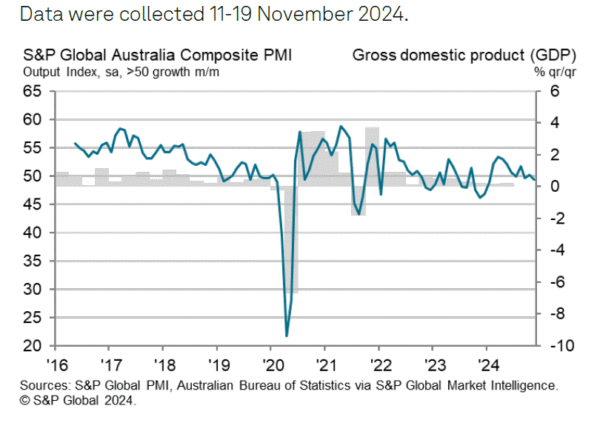
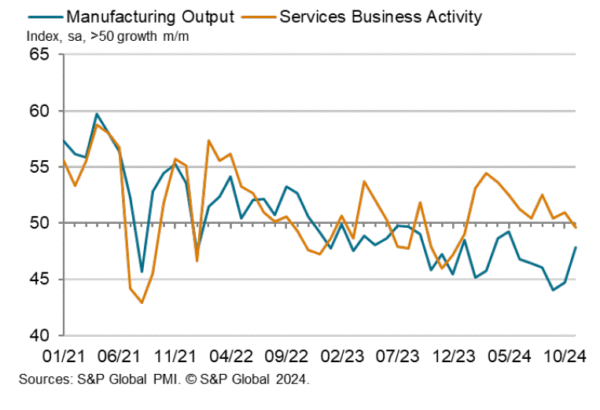
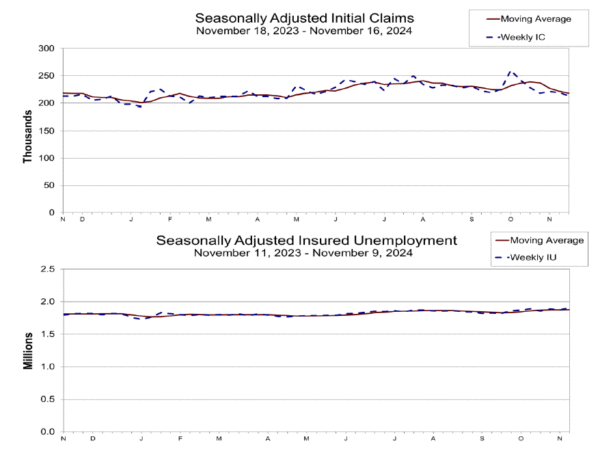

BoC’s Mendes signals further rate cuts, data-dependent approach
BoC Deputy Governor Rhys Mendes said in a speech today that “We no longer need interest rates to be as restrictive as they were,” which justified the larger rate reduction of 50 bps at this month’s meeting.
Inflation data for October came in at 2%, matching expectations, while preferred core inflation measures edged up to approximately 2.5%. Mendes noteds that key upcoming data points, including third-quarter GDP and November employment figures, will play a critical role in shaping the BoC’s December rate decision.
“If the economy evolves broadly in line with our forecast,” Mendes stated, “then it’s reasonable to expect further cuts to our policy rate.”
However, he emphasized that the timing and pace of any additional easing will depend on incoming data and its implications for the inflation outlook.
Full speech of BoC’s Mendes here.